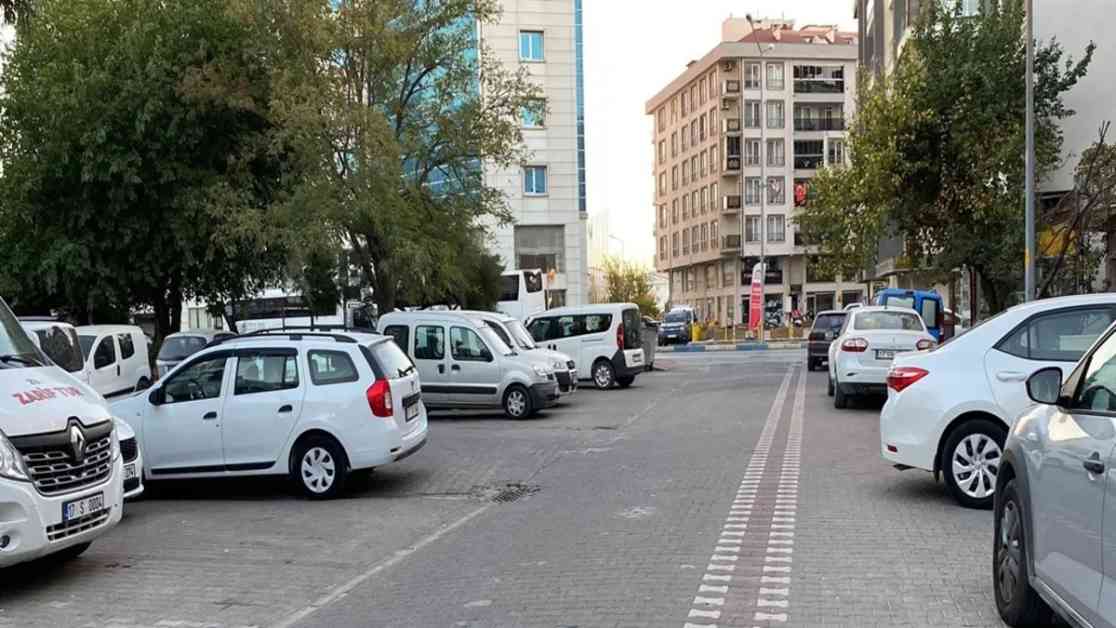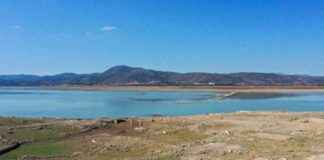Earthquake Strikes Canakkale: A 4.3 Magnitude Tremor Hits Ayvacik
An earthquake with a magnitude of 4.3 struck the town of Ayvacik in Canakkale, Turkey, with its epicenter located in the Aegean Sea. The Disaster and Emergency Management Authority (AFAD) reported that the tremor occurred at 17:56 local time, approximately 10.27 kilometers away from Ayvacik. Despite the significant magnitude of the earthquake, which reached a depth of 9.02 kilometers, there were no reports of casualties or damage in the region.
Response from Governor Toraman
Following the seismic activity, Canakkale Governor Ömer Toraman reassured the public through a social media post, stating that there were no negative consequences associated with the earthquake. He emphasized that no adverse incidents had been reported to the relevant authorities regarding the earthquake in the Aegean Sea. Governor Toraman affirmed that monitoring and assessment efforts were ongoing to ensure the safety and well-being of the residents in the affected areas.
Seismic Activity in Canakkale
Canakkale, a province located in northwestern Turkey, is known for its susceptibility to seismic activity due to its proximity to the North Anatolian Fault. The region has experienced numerous earthquakes throughout history, with varying magnitudes and impacts on the local communities. The recent tremor in Ayvacik serves as a reminder of the constant threat posed by geological events in this seismically active area.
The seismicity of Canakkale is closely monitored by AFAD and other relevant authorities to promptly respond to any potential threats and mitigate the risks associated with earthquakes. Through advanced technology and early warning systems, efforts are in place to enhance the preparedness and resilience of the residents in Canakkale against future seismic events.
Community Preparedness and Safety Measures
In light of the recent earthquake in Ayvacik, it is crucial for the residents of Canakkale to prioritize preparedness and safety measures to mitigate the impact of future seismic events. Establishing emergency plans, conducting drills, and securing furniture and fixtures within homes are essential steps to ensure the safety of individuals and their property during an earthquake.
Educational campaigns and training sessions on earthquake preparedness can empower the community to respond effectively in the event of a natural disaster. By raising awareness and promoting proactive measures, residents can reduce the potential risks and consequences of seismic activity in Canakkale.
The collaboration between local authorities, emergency response teams, and community organizations is vital in creating a resilient and disaster-ready environment in Canakkale. By working together and sharing resources, expertise, and knowledge, stakeholders can enhance the overall preparedness and response capacity of the region to safeguard lives and property during seismic events.
Conclusion
The earthquake in Canakkale serves as a reminder of the unpredictable nature of geological events and the importance of being prepared for emergencies. While the recent tremor did not result in any casualties or damage, it highlights the necessity of proactive measures and community resilience to mitigate the impact of earthquakes in the region.
By fostering a culture of preparedness, awareness, and collaboration, Canakkale can strengthen its capacity to respond effectively to seismic activity and protect the well-being of its residents. Through continuous monitoring, education, and cooperation, the province can enhance its resilience against natural disasters and build a safer and more secure environment for all.





















